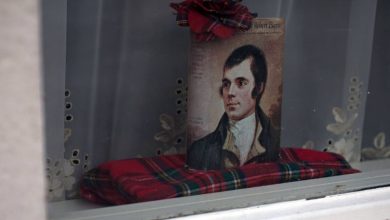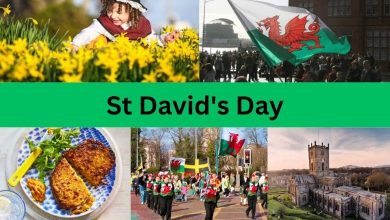Scottish Festivals: Tradition, Transformation, and Tartan
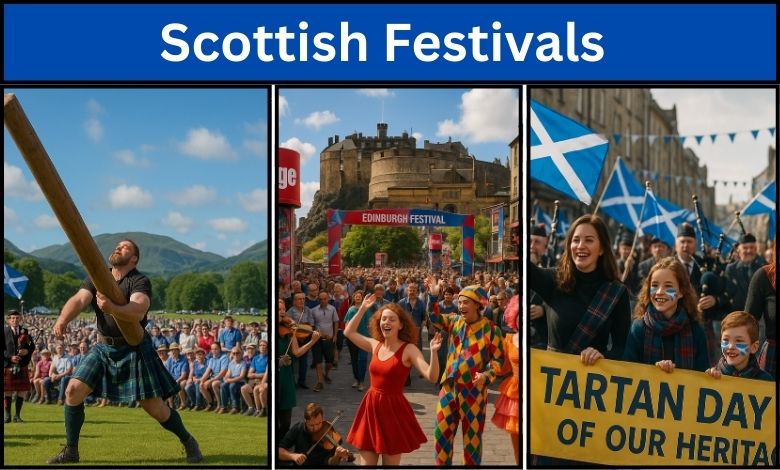
Scotland has a diverse range of festivals representing the country’s culture. These include celebrations of arts, music, dance, theatre, games, traditional Scottish dress, and more. Each festival’s duration varies; some run for a single day while others span several days. Every festivity is an opportunity to experience the history of the country. This article explores some notable Scottish festivals, their evolution, cultural impact, traditional attire, and more. Let’s begin with the occasions.
Table of Contents
ToggleScottish Festivals & Celebrations
The number of festivals celebrated in Scotland is approximately 200. These events have further divisions like cultural, contemporary, and religious events. We have selected a few that hold deep meaning for Scots, regardless of religious beliefs. Some popular festivals there are:
Burns Night to Appraise National Poet
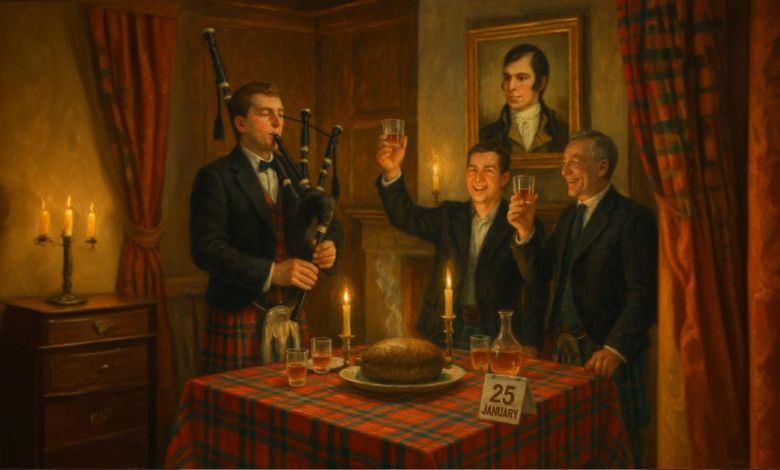
Almost everyone in Scotland knows Robert Burns, the National poet of Scotland. His day is celebrated as Burns Night on 25th January every year which is his birthday. Celebrations started in 1801, a few years after his death. The day is celebrated as a feast day and a popular custom is Burns Night Supper.
Saint Andrew’s Day, A Religious Festival
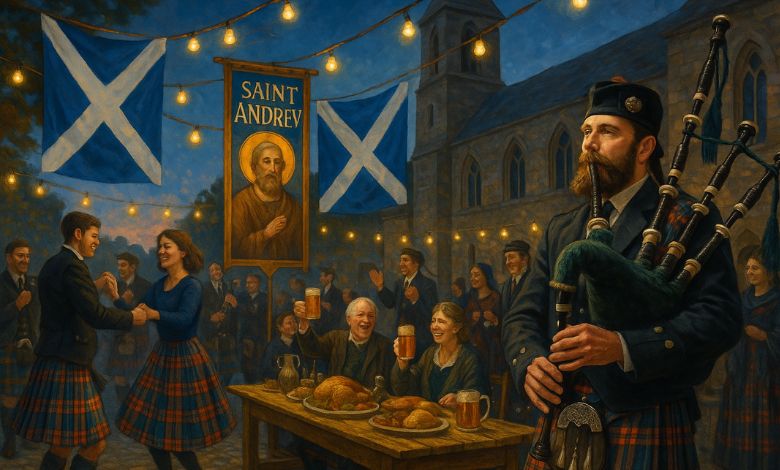
Saint Andrew’s Day, which Scots celebrate on the 30th of November is the next festival. Holy Andrew was a patron saint who spread the message of love and preached Christianity throughout his life. The Scottish parliament declared this day a holiday in 2006. Locals usually wear Saint Andrew Tartan Kilts in his honor. While observances include feasts, dance, music, parades, etc.
Highland Games, Tradition & Entertainment
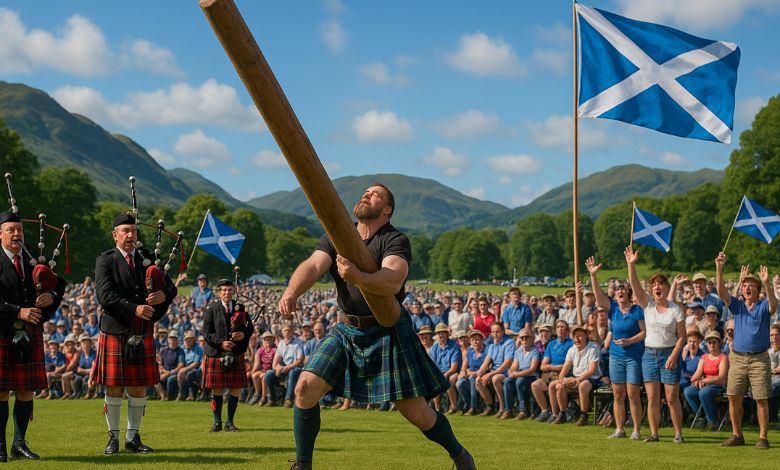
Highland Games are the front face of Scotland. Many gaming and other commemorations are held every year from May to September. This festival has the largest celebrations. Starting back in the 10th century, the evolution of the Highland Games is an interesting story about the history of Highland and Scotland itself. Scots participate in different competitions, while the events attract millions of visitors. Some popular games are:
| Caber Toss | Hammer Throw |
| Tug of War | Shot-put |
| Highland Dancing | Music Competitions |
| Weight Over the Bar | Hill Race |
Christmas, the Day of Jesus Christ
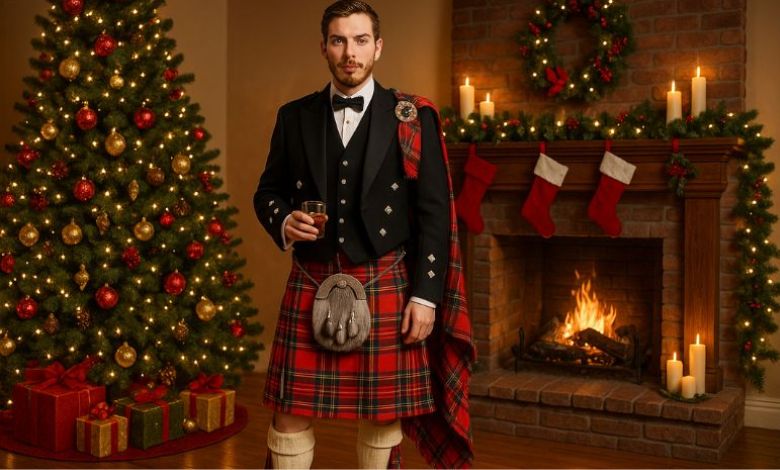
Christmas holds both religious and cultural importance in Scotland, celebrated widely by people of all beliefs. Non-religious people in Scotland also celebrate Christmas but from a more traditional and cultural perspective. The commemoration occurs on 25th December, the day of Jesus’ birth. Therefore, the Scottish traditions of Christmas include:
- Burning Rowan Twigs
- Baking Yule Bread
- Burning Yule Log
- Decorating Houses and Christmas Trees
Up Helly Aa, A Viking Tradition
Vikings played a notable role in shaping Scottish heritage, and their legacy lives on through celebrations like Up Helly Aa. Up Helly Aa is an example. The festival marks the end of the yule season and the last Tuesday of January is the day to commemorate it. People claim it to be the biggest fire festival in all of Britain.
Edinburgh Festival Fringe
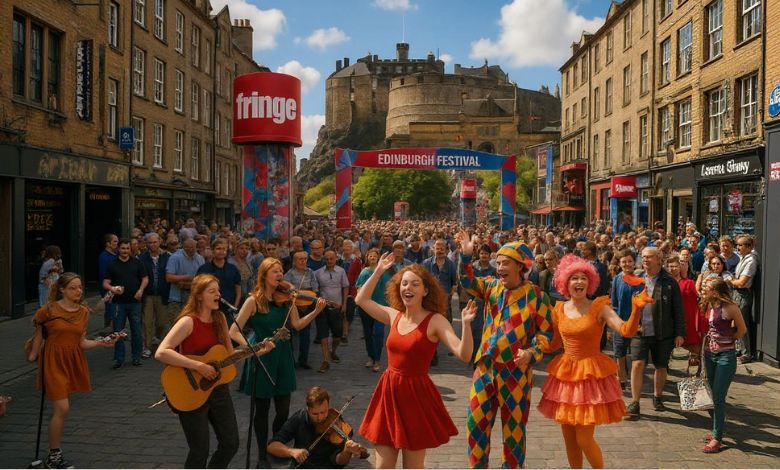
Edinburgh is the capital of Scotland and festivals named “Edinburgh International Festivals” attract people from worldwide. They all gather around Edinburgh Castle, which is an iconic Scottish landmark. A popular part of these festivities is the Edinburgh Festival Fringe which takes place in August and runs for various days. The celebrations include arts, theatre, music, Ceilidh, etc. All of these observances collectively make it the largest art celebration worldwide.
Hogmanay or Scottish New Year’s Eve
New Year’s Eve in Scotland is known as Hogmanay, an official holiday. The celebrations started when Christmas was banned for 400 years in Scotland. Though the ban was lifted in 1958, people continue to celebrate Hogmanay as a particular event. Its commemoration goes far beyond just a party but has a cultural significance. Furthermore, its special customs include first footing, burning the old year, bonfires, and community gatherings.
Tartan Day, A Day to Admire the Attire
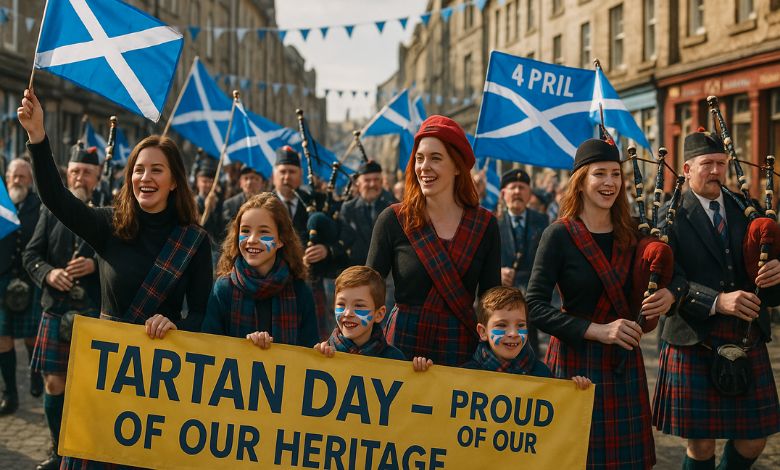
Kilt, tartan, or tartan kilts are the most popular Scottish identities since Scotland was the first region to craft this attire. That’s why tartan kilts often come to mind when we think of Scotland. Thus, Scots celebrate Tartan Day on 6th April every year. They have many contemporary ways to celebrate this day like wearing tartan kilts, educating people about their traditional fabric, participating in parades, etc.
The Evolution of Scottish Festivals in the Modern Era
This overview of some of Scotland’s most cherished festivals comes to an end. Now, it’s time to observe how these traditional and ancient festivities evolved in the modern era. The love of Scots for their history and culture made them keep celebrations alive.
In recent years, people have started bringing back old festivals that were once forgotten. They utilized online and different social media platforms to let people know about these festivals. Nevertheless, the commemoration of ancient festivities is the answer to their efforts.
Role of Festivals in Modern Scotland
Scotland is a country that admires not only its own festivals but also those with cultural ties to it. Festivals are of great importance there since they benefit the country in multiple ways given below:
- These celebrations are a way to preserve Scottish cultures like Ceilidh, Highland Games, Scottish music, and literature.
- Festivals attract a significant number of people from other countries which results in community building. It also increases social interactions and strengthens relations with other nations.
- The economic benefits are also significant when discussing the role of traditional Scottish celebrations. International tourism boosts which positively affects the local businesses.
- Such observations maintain cultural and environmental enrichment. They provide a specific level of entertainment, thanks to dancing, singing, art, and musical occurrences.
Dress to Celebrate: What Scots Wear to Festivals
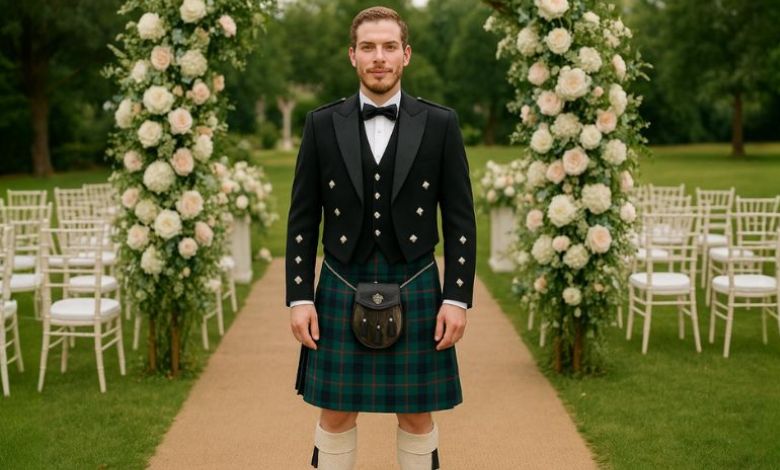
Everyone knows that kilt outfits are their favorite attire for different events. However, choosing the components appropriately is what matters. While most are familiar with the general concept of Scottish dress, it’s important to understand the components that go with it.
Scottish Kilts: All types of men’s kilts are wearable at Scottish festivals but knowing the theme first is essential. Traditional tartan kilts are formal while modern kilts suit casual or semi-formal events.
Kilt Jackets: An accurate selection of kilt jackets is also essential. Opt Prince Charlie Jacket for ceremonial or formal events while Argyll Kilt Jackets for semi-formal events. Similarly, if the event’s theme is casual, tweed kilt jackets are a suitable choice.
Kilt Shirts: The value of kilt shirts cannot be underestimated when it comes to tradition admiration and comfort. For ceremonial events, Ghillie shirts are the top priority. Otherwise, opt for T-shirts, polo shirts, or other casual shirts for relaxed environments.
Shoes to Wear: Ghillie brogues have been a traditional choice for formal events. If the event’s intent is casual, many other options exist including sneakers, loafers, and sandals.
Step into Scottish Festivals with The Utility Kilt
With festivals happening year-round, now is a great time to join in the celebration. And what better way to do so than in authentic Scottish attire? You should consider buying this attire from a reliable brand and no brand offers better products than “The Utility Kilt.” Whether you’re looking for a kilt or matching accessories, The Utility Kilt has everything you need.
FAQs About Festivals of Scotland
What is the largest festival in Scotland?
Which is the most popular festival in Scotland?
What is the biggest book festival in Scotland?
Do Scots celebrate Celtic festivals?
Yes, many Celtic festivals are organized on a yearly basis in Scotland like Baltene, Samhain, Imbolc, and Saint Andrew’s Day!


